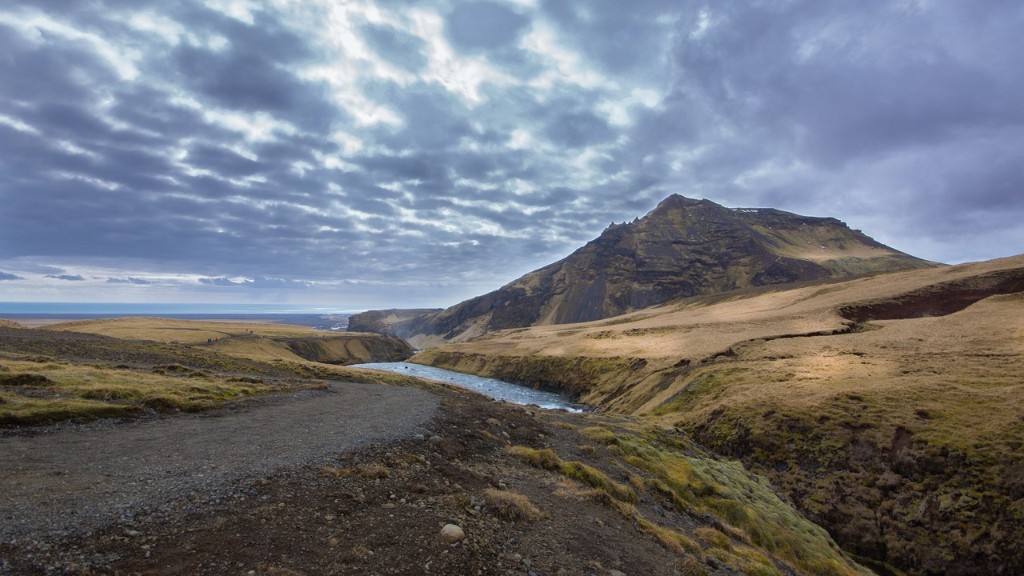The Mississippi River, running from northern Minnesota all the way to Louisiana, is the fourth longest river in the world and a major body of water for almost half of the United States. People have been inhabiting and settling alongside the river since ancient times and using the river for its resources since its discovery. Nowadays, the vast various of industries and activities that rely on the Mississippi River are more diverse and complex than ever. Despite the undeniable economic and ecological importance of the river, a common question arises – is the Mississippi River drinkable?
The simple answer is no, you should not drink the Mississippi River. The Mississippi River is a very large body of water, and it collects pollutants, bacteria and disease-causing organisms as it moves through the different communities and industries that use it. The river’s turbidity, (the amount of particulate matter suspended in the water that affects its clarity and opacity) is high due to its distance and the many contributions it accumulates along the way.
The large number of sources that feed into the Mississippi River on its way to the Gulf of Mexico make it very difficult to accurately predict a safe drinking level for the river. At times, it is difficult for experts to trace the source of the contamination in the river. Pollutants from industry and urban runoff from cities in the region add to the river’s difficulty to return to a clean and healthy state. The combined sewage and stormwater that flows into the Mississippi River further contributes to the nutrient loading on the river.
People have been using the Mississippi River for decades in various industries from agriculture to transportation and waste management. This only adds to the eutrophication (over fertilizing) process and causes the oxygen levels in the water to drop significantly. Low oxygen levels are detrimental to fish and other aquatic life, making it unsuitable and unsafe for human consumption.
In addition, in the areas where the Mississippi River meets the sea, tide conditions cause the pollutants and pollutants to be transported between the river and the estuarine system, creating a further degree of complexity in terms of evaluating how safe the Mississippi River is for human health. Anthropogenic activities further add to the amount of contamination in the water, making it even more difficult to measure or predict the water quality of the river.
To fully assess the safety of the Mississippi River, one must look at the various contributing factors and analyze the various sources of contamination that are being flushed into the river. Research conducted by the United States Geological Survey (USGS) has found that the Mississippi River is full of contaminants, including a variety of nitrogen and phosphorus sources. The USGS has also identified sewage, agricultural runoff, hazardous waste, industrial wastewater, and atmospheric deposition as sources of contaminants in the Mississippi River.
All in all, it is safe to say that it is not safe to drink water from the Mississippi River. Given the health concerns associated with the river due to high levels of contamination, it is best to steer clear of drinking any water from the Mississippi River. If you are looking for a safe and clean source of drinking water, the best option is to rely on your local water system.
Are There Regulations in Place to Regulate The Quality of The Water?
The Water Quality Act of 1987 established the Clean Water Act in order to protect both surface and ground water from pollutants and other impurities. According to the Act, the Environmental Protection Agency (EPA) has established national surface water-quality standards, including standards for conventional and nonconventional pollutants. The Act also requires that all states having waters within their boundaries meet the water-quality standards. In relation to the Mississippi River, this means that the states in the region responsible for its welfare must abide by the water-quality standards set by the EPA in order to ensure the safety of water quality.
The National Pollution Discharge Elimination System (NPDES) also plays a role in regulating the water quality of the Mississippi River by implementing a permit system to regulate the point sources of pollution. This system compels any person or organization discharging a pollutant into the Mississippi River to obtain a permit for any pollutants released.
These regulations have been substantially successful in reducing the amount of pollutants dumped into the river, however, despite the efforts to keep pollutants out of the Mississippi River, it remains to be seen if these efforts have been enough to fully reverse the damage caused by years of misuse and contamination.
In addition to the regulations put in place by the Clean Water Act, efforts have been made to protect the watersheds surrounding the river. For example, the Lower Mississippi River Conservation Committee has created a series of conservation initiatives in order to mitigate the effects of pollution and other impacts on the Mississippi River. These initiatives include education and outreach programs, research, mitigation and restoration, and monitoring and assessment.
Are There Any Alternative Water Sources in The Region?
Although it is not recommended to drink water from the Mississippi River, there are plenty of other water sources in the region that are safe to drink. For example, Louisiana has a robust water supply infrastructure with numerous public water systems and systems maintained by private companies. These systems are regularly tested and are monitored to ensure that they meet the requirements for drinking water standards regulated by the EPA.
Other states in the region have also taken steps to ensure safe drinking water by investing in sophisticated water filtration systems. Arkansas, for example, has been investing in filtration plants to ensure its water supply is safe. The state also takes part in regular testing to sustain safe drinking water standards and uses water conservation techniques in order to reduce water wastage.
In addition, many states bordering the Mississippi River are also a part of the Great Lakes Water Quality Agreement, which ensures the quality of the water in the Great Lakes region. Under this agreement, states must regularly review and monitor the quality of their water supplies in order to guarantee that their water sources are safe.
Can Human Activity Help Improve The Water Quality of The Mississippi River?
The key to improving the water quality of the Mississippi River lies in efficient wastewater management. By reducing the amount of wastewater being dumped into the river, states can ultimately reduce the pollutant load of the Mississippi River and prevent further harm to the environment.
As part of this effort, communities and industries along the river can implement a variety of initiatives to reduce their wastewater output. For instance, businesses can focus on adopting green initiatives such as using reusable containers and reducing the amount of energy and water consumed. Industries can also invest in more efficient treatment systems for their wastewater in order to minimize their impact.
In addition, local governments and citizens can also help to improve the water quality of the Mississippi River by participating in clean up efforts and other volunteer programs. By helping to remove debris and pollution from the river, citizens can help to ensure that the waters are cleaner and safe for wildlife and human recreation.
Is There Any Hope That The River Can Be Saved?
Despite the years of abuse and misuse, there is still hope that the Mississippi River can be saved. There has been significant progress in controlling and reducing the pollutant load on the river and states are becoming increasingly aware of the dangers of wastewater pollution.
In order to further improve the water quality of the Mississippi River, states have to continue to engage in resource management and ensure that all contributors to the river comply with the regulations put in place. Additionally, the communities and industries around the river must take steps to reduce their wastewater output and invest in green initiatives.
There is certainly cause for hope that the Mississippi River can be saved, as long as citizens, communities, and states continue to work together to improve the quality of the river and its ecosystems. By working together, we can ensure that the river is safe, healthy, and clean for generations to come.
What Are The Benefits Of Cleaning Up The Mississippi River?
Cleaning up the Mississippi River is essential not only to improve its health, but also to increase its economic and recreational value. A clean and healthy Mississippi River provides numerous benefits in terms of clean drinking water and increased recreational opportunities.
A healthier Mississippi River also helps to preserve biodiversity, as a clean and balanced ecosystem provides habitat and resources for various species. The river also contributes to economic growth, as businesses and tourists flock to the clean and healthy regions of the river. Additionally, the environmental benefits of a cleaner Mississippi River are numerous, as a cleaner river helps to limit sedimentation, reduce flooding, and improve air quality.
By cleaning up the Mississippi River, communities and industries in the region can benefit from improved water quality, enhanced fisheries, and improved water access. A cleaner river is also beneficial to public health, as it eliminates potential pollutants and contaminants that could pose a threat.
The potential benefits of cleaning up the Mississippi River cannot be overstated. By taking active steps to reduce wastewater output, states in the region can help to restore the river and create a healthier, more sustainable environment.
What Is The Role Of The Government In Cleaning Up The Mississippi River?
The government plays an important role in cleaning up the Mississippi River by providing a framework for the regulatory initiatives in place to protect the river’s water quality. The government also provides funding for various conservation initiatives, including research projects and habitat restoration.
The government is also responsible for ensuring that citizens and businesses comply with existing regulations and policies intended to protect the river. Furthermore, the government can also help to encourage businesses to adopt green initiatives and utilize more efficient methods of waste management.
In addition to the abovementioned initiatives, the government can also work with communities and stakeholders to create a comprehensive strategy for cleaning up the Mississippi River. Such initiatives can include developing watershed plans and creating a monitoring program to ensure that the river remains healthy for years to come.
The government’s role in cleaning up the Mississippi River cannot be understated. By working together with citizens, businesses, and communities, the government can help to ensure that the river remains healthy and that efforts to clean it up are sustained in the long-term.





